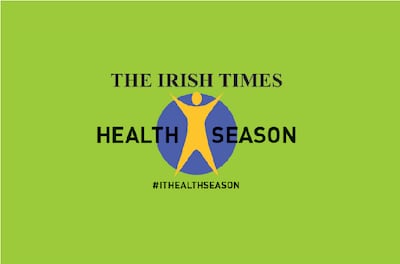
Julieanne (51) embarked on a clinical exercise programme having been referred by her GP. She was diagnosed with Parkinson's disease by her neurologist in August 2017.
In the years preceding this, she had initially presented to her GP with insomnia (since confirmed as an REM disorder), constipation, depression and anxiety. She developed a mild tremor in her right hand in early 2017 and was subsequently referred to a consultant neurologist. In terms of exercise, her primary concern was a perceived loss of power in her golf swing. She also had some weight gain recently and ongoing lower back pain. Prior to her exercise programme Julieanne did no formal exercise other than casual walking and her weekly round of golf. Due to reduced upper body movement in general, and some deterioration in her quality of walking, she had noticed that a round of golf took her approximately 20-30 minutes longer when compared to pre-diagnosis.
When first diagnosed she was anxious to keep the information private – being primarily concerned at how her competency levels may be perceived in work. However, she has since disclosed this information to her employer who has proven very supportive and reassuring. When we first assessed Julieanne, there was clearly a reduced quality in her general movement, notably her walking, arm swing, handwriting, touch and scroll usage of her laptop and difficulty with tasks such as buttoning her shirt before going to work.
She had no inclination that these "smaller" issues could be improved by exercise. The most recently published Parkinson's literature is suggesting "amplitude" of movement ought to be a primary focus in exercise prescription. These advances in exercise specificity are having a direct impact on clinical signs and features of the condition, in the same way medication has been impactful to date.
In plain language, the exercises ought to have a greater focus on quality and amplitude of movement (as opposed to generic strength and conditioning) in a bid to enhance Julieanne’s handwriting, laptop usage, self-dressing and walking, which are essential to her sense of wellbeing.
How did Julieanne’s exercise programme help her Parkinson’s?
Julianne started the LSVT BIG programme (developed in the US) as an exercise treatment consisting of large combination movements and exaggerated movement patterns. The exercises are performed with high intensity and effort that become progressively more difficult and complex, with the overall goal of restoring “normal” movement in real life situations. LSVT BIG has been proven effective in people with Parkinson’s, particularly when compared to those performing generic, aerobic and strength exercise programmes only. There are other Parkinson’s specific exercise programmes that exist, such as the Australian programme known as PD Warrior.
In general, a guided Parkinson’s exercise programme needs to include a variety of challenging physical activities (eg multi-directional step training, step up and down, reaching forward and sideways with maximal speed and effort, obstacle courses, turning in standing and lying down). These exercises demand high intensity efforts, ultimately promoting improvements in balance, general movement and co-ordination. Strength training is recommended twice weekly to avoid secondary complications of Parkinson’s such as muscle wastage. Free weights can be used in Julieanne’s case due to her mild/moderate presentation. Other beneficial activities can include anything from treadmill, elliptical trainer, recumbent bicycle, aqua aerobics, outdoor hill walking, tango or waltz dancing – all evidence-based interventions with great benefit. Finally, flexibility exercises can be active (patient alone) or passive (clinician assisted).Typically there is an emphasis on spinal mobility and rotation. In this case Julieanne included a daily 15-minute routine using a guided Tai Chi DVD.
Julianne has worked consistently for 15 months on a hybrid exercise programme, resulting in a weight loss of 5kg. She has reported significant improvement in tasks such as shirt buttoning, laptop usage, handwriting, reaching and rotating in general. Most importantly, she has regained some power in her golf swing, and is also able to keep up to pace in club competitions. These changes have proven a source of great motivation, renewed vigour and confidence for her. She advocates that exercise should be a key part of medical treatment plans.
The benefits of exercise with . . .
. . . prostate cancer
. . . atrial fibrillation
. . . ulcerative colitis
. . . Parkinson's















